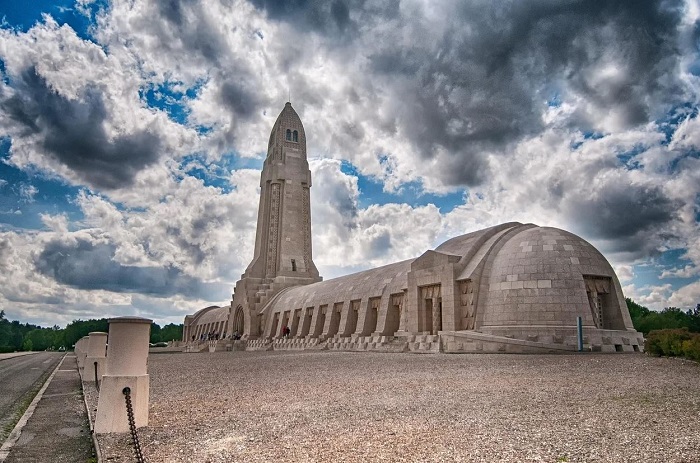The concept of a nuclear bunker is centered on protection, but the actual construction standards can differ significantly depending on where the structure is built. Factors such as climate, soil conditions, seismic activity, and government regulations influence how these bunkers are designed and constructed. Understanding these variations can help you see why no two bunker projects are exactly the same.
How Do Nuclear Bunker Construction Standards Vary by Geographic Location?
Climate and Weather Conditions
Climate plays a critical role in bunker construction. In colder regions, bunkers require insulation systems that can withstand freezing conditions. The concrete used in such areas must resist frost damage and cracking due to temperature fluctuations. In contrast, bunkers built in hotter regions prioritize ventilation and cooling systems. Without proper air circulation, a bunker nuclear shelter in such climates can become uninhabitable during extended stays.
Rainfall and flooding are also important considerations. Areas prone to heavy rainfall or storms need waterproofing layers and effective drainage systems. This prevents water infiltration, which can weaken the bunker’s foundation over time.
Soil and Ground Conditions
Soil type has a direct effect on bunker stability. Sandy soils may require deeper foundations and additional reinforcement to prevent shifting. Clay-heavy soils, on the other hand, expand and contract with moisture levels, which can put stress on the bunker walls. Rocky terrains can provide strong natural protection, but they also make excavation more challenging and costly.
These geological differences explain why bunker standards are not uniform across all locations. Each site requires an evaluation before the construction process begins.
Seismic Activity and Earthquake Zones
In regions with high seismic activity, bunker designs need to accommodate ground movement. Construction standards in these areas often involve flexible structural supports and reinforced joints. This allows the bunker to absorb shocks and prevent catastrophic failure during an earthquake.
Areas with low seismic risk may not require the same degree of reinforcement, allowing simpler construction. However, for bunkers nuclear in purpose, even moderate earthquakes must be considered since failure during an emergency would defeat the purpose of the shelter.
Government Regulations and Building Codes
Every country has specific building codes that influence bunker construction. These codes dictate everything from wall thickness to ventilation requirements. For example, some nations require reinforced concrete of a certain grade, while others may emphasize emergency access points and radiation shielding.
Military-grade bunkers often follow stricter standards than private or civilian shelters. This is because government regulations usually prioritize durability and long-term survivability in case of extreme events.
Accessibility and Resource Availability
Geographic location also determines the availability of materials and technology. In regions where high-grade reinforced concrete or steel is readily accessible, bunkers can be constructed with more advanced protection features. In remote or resource-limited areas, builders may rely on locally available materials, which can affect the overall standard and durability of the shelter.
Labor expertise also varies by location. Regions with a history of civil defense projects may have engineers and builders specialized in bunker construction, while other areas may lack this experience.
Conclusion
Bunker construction standards vary widely across different geographic locations because each site poses its own challenges. Climate, soil conditions, seismic risks, local regulations, and available resources all influence the final design. A bunker nuclear shelter in one region may emphasize insulation and waterproofing, while another in a seismic zone will focus on reinforced flexibility.





